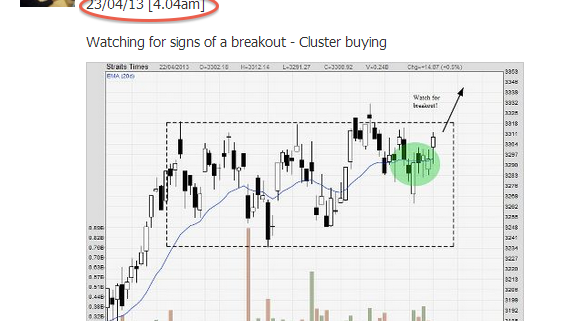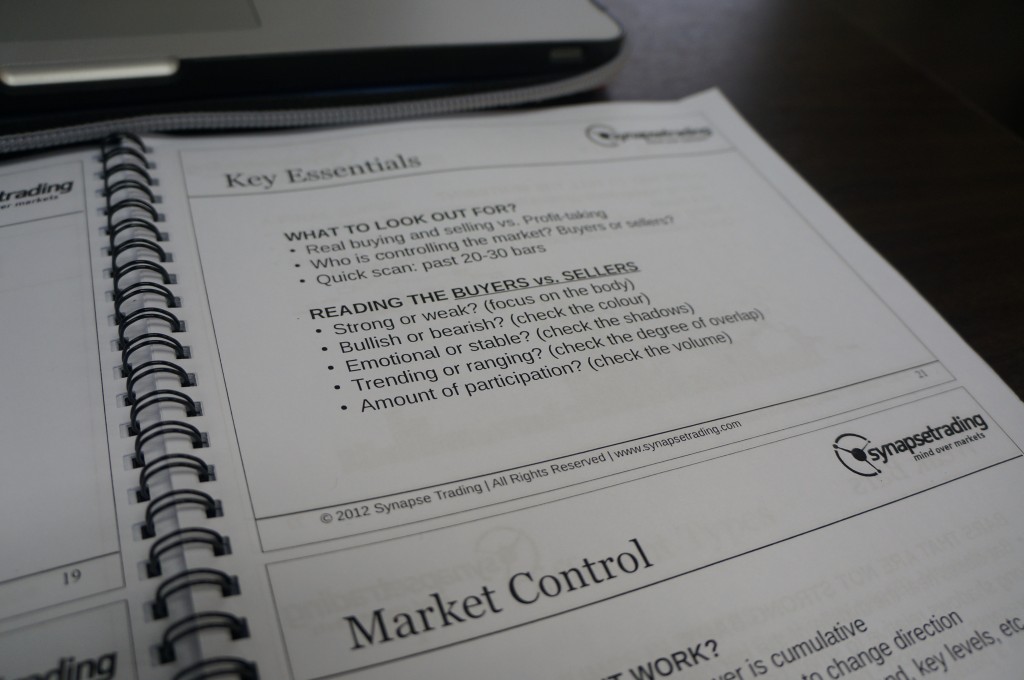Last Saturday, I completed the final run of “The Art of Market Timing” seminar, and it was a great session. A big thanks to those who were willing to take time off from their Saturday morning, and I’m sure you did not regret it. To those who signed up for the June training program, I look forward to seeing you soon, and a big thanks to my previous graduates for all the referrals.
Next up, we have a mega-event coming soon, jointly organised by CMC Markets; and it will feature both me and our head trainer Jay, who will kickstart the event by giving us a market outlook. I will conclude the event by sharing more about trading for a living, and the life of a trader. Although the STI Auditorium is big, seats are still limited, so do sign-up quickly to reserve your seats.
After organising so many talks and events, and getting so much media coverage, I must say this is another milestone for Synapse Trading, and we will continue to deliver our down-to-Earth skills training and solid trading techniques. This is just the start of an epic journey, and we have lots more in store, so do join us soon!



















